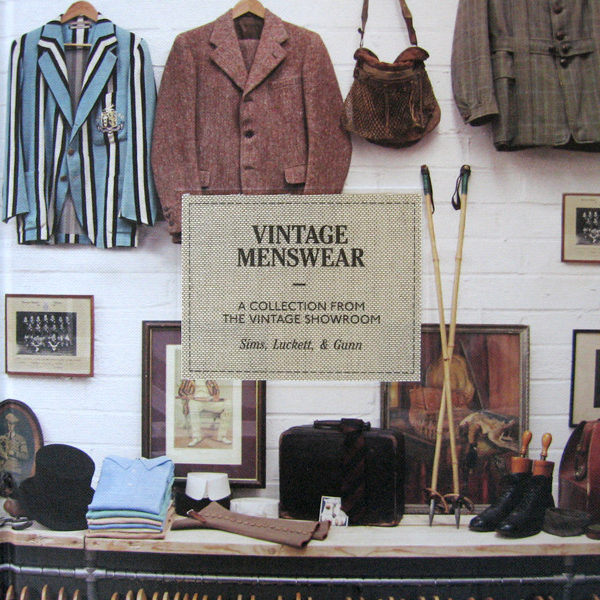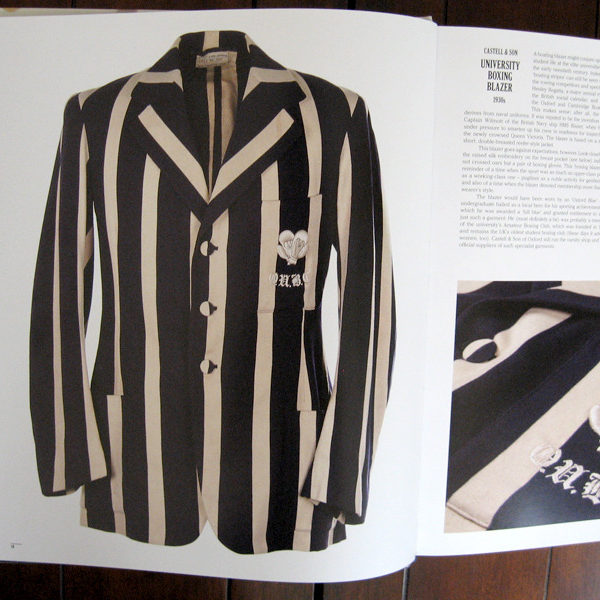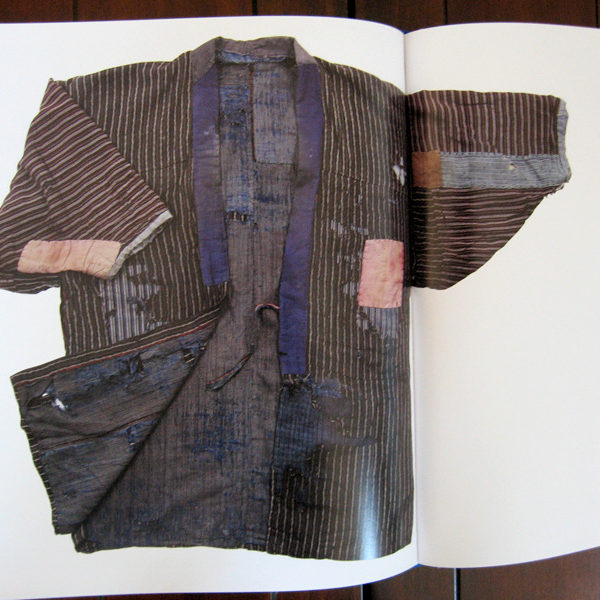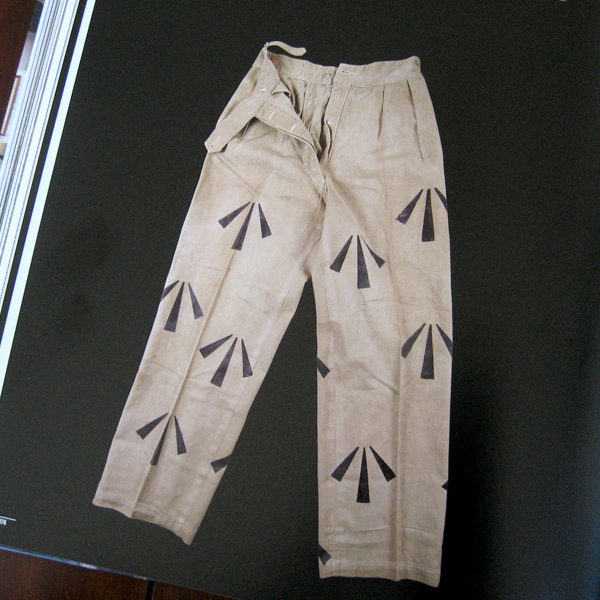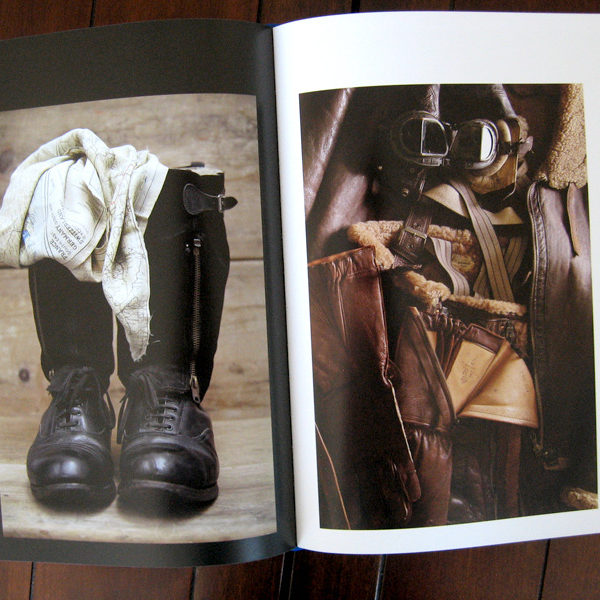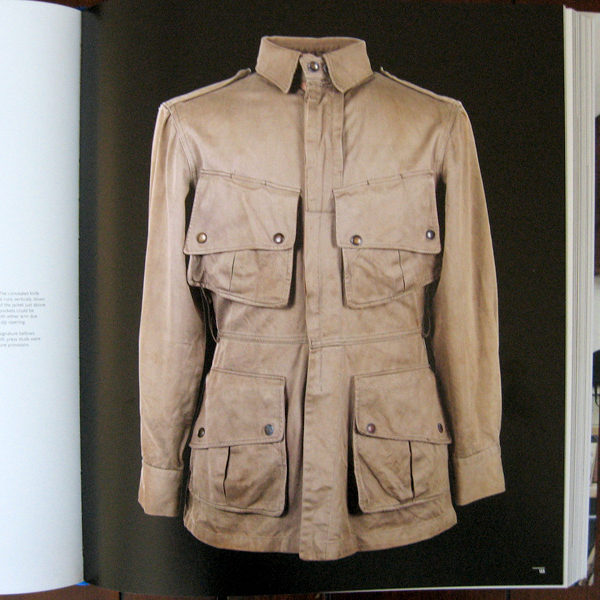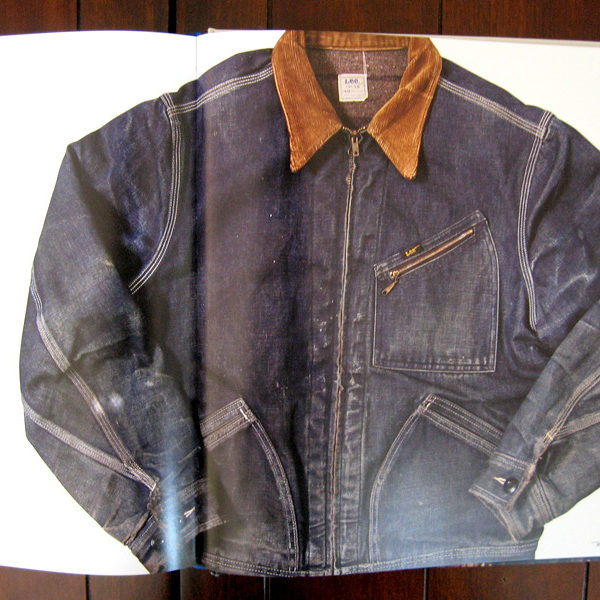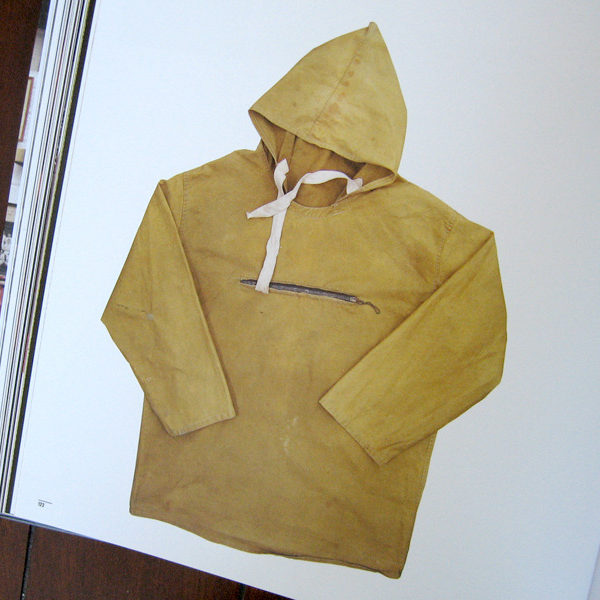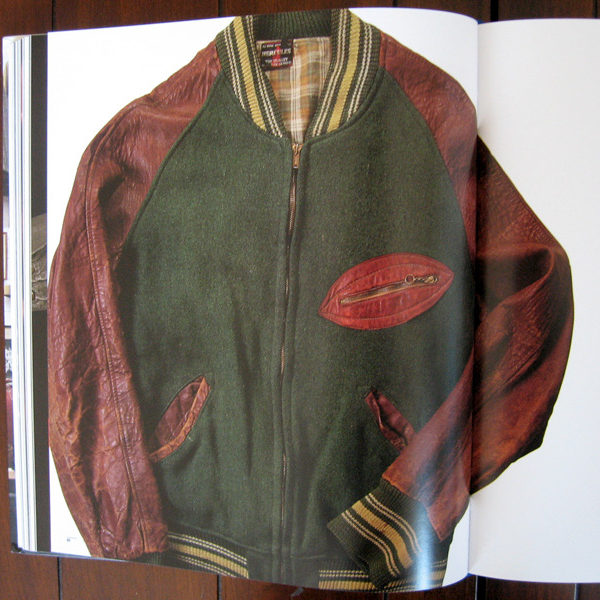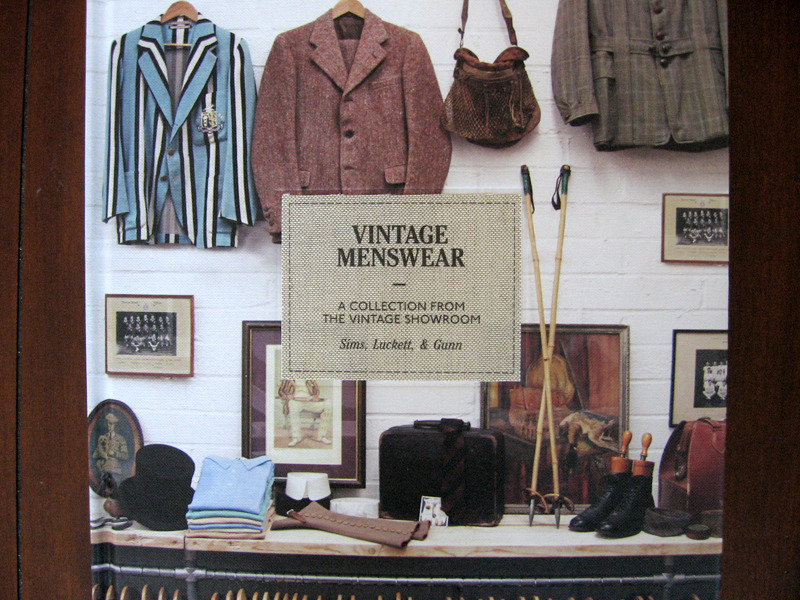
- Cover
- University Boxing Blazer, circa 1930s
- Handmade Peasant’s Boro Jacket, 19th century
- Indian Army Paratrooper’s Smock, circa, 1940s
- British Prisoners Trousers, circa 1940s
- Escape and Evasion Boots, circa 1943
- US Army Paratrooper Jump Jacket, circa 1940s
- Blanket Lined Chore Jacket, circa 1950s
- Special Boat Service Anorak, circa 1940s
- Varsity Jacket, circa 1930s
I spent my after-dinner hours last night flipping through a copy of Vintage Menswear, which was delivered to me courtesy of Laurence King Publishing. This large-format, full-color book highlights some hundred-and-fifty pieces owned by Douglas Gunn and Roy Luckett. Together, the two have been buying vintage men’s clothing for about thirty-five years, and their collection now occupies a kind of half-museum, half-retail space in London called The Vintage Showroom.
The book’s 304-pages are divided into three sections: Sports & Leisure, Military, and Workwear. Each section shows fifty or so odd garments, almost all from the early- to mid-20th century. Some are particularly interesting. Take, for example, what seems to be a boldly striped boating blazer in the Sports & Leisure section. On closer inspection, instead of two crossed oars embroidered at the chest pocket (as is common on boating blazers), we see a pair of boxing gloves. It turns out this is a “university boxing blazer,” and was worn at a time when boxing was considered as much of an upper-class sport as a working-class one. “Pugilism as a noble activity for gentlemen,” the book’s author writes. An undergraduate student recognized as a local hero for his sporting accomplishments would be allowed to wear this lively blazer around campus. Much more impressive than the campus-store bought sweatshirts and sweatpants that college athletes (some Olympians) wear today.
Another interesting story comes from the book’s Military chapter, which shows a seemingly ordinary pair of black boots. These were designed by Christopher “Clutty” Clayton-Hutton, a technical advisor to the British War Office during World War II. During his service, he designed “escape and evade” pieces for British airmen, including bicycle pumps that concealed torches, buttons that concealed compasses, and silk handkerchiefs that would secretly double as maps if you knew how to look at them. For these particular boots, Clayton-Hutton constructed the “top section” so that it could be easily cut away with a sharp blade. With the sheepskin-lined “shaft” gone, these hefty boots were transformed into plain oxford cap-toes. This allowed British airmen shot down over enemy territories to pass unnoticed among the civilian population. Very clever, I thought.
There are many other wonderful stories like these, but admittedly, much of the book also only superficially describes the clothes shown. Descriptions of game pockets, Ventile fabrics, and various fastening devices might not present anything new to people already familiar with clothing design. At times, I wished there was more written about the social histories behind the clothes shown. Still, even for such sections, I found it fun to just look at the pictures. I’m not romantic enough to say that these things, with their patinas and patches, “tell a story,” but they certainly inspire story making. I enjoyed flipping through, thinking about the sporting, fighting, and working men who wore these garments, and imaging the kind of heroic lives they led (entirely made up in my head, of course).
Vintage Menswear has a listed price of $50, but goes for a more appealing $31.50 on Amazon. At that price, I think this can be a nice addition to a personal library, particularly for people who appreciate workwear, vintage clothing, and men’s clothing design.
Laurence King Publishing has a nice video promoting the book, which you can view here.
